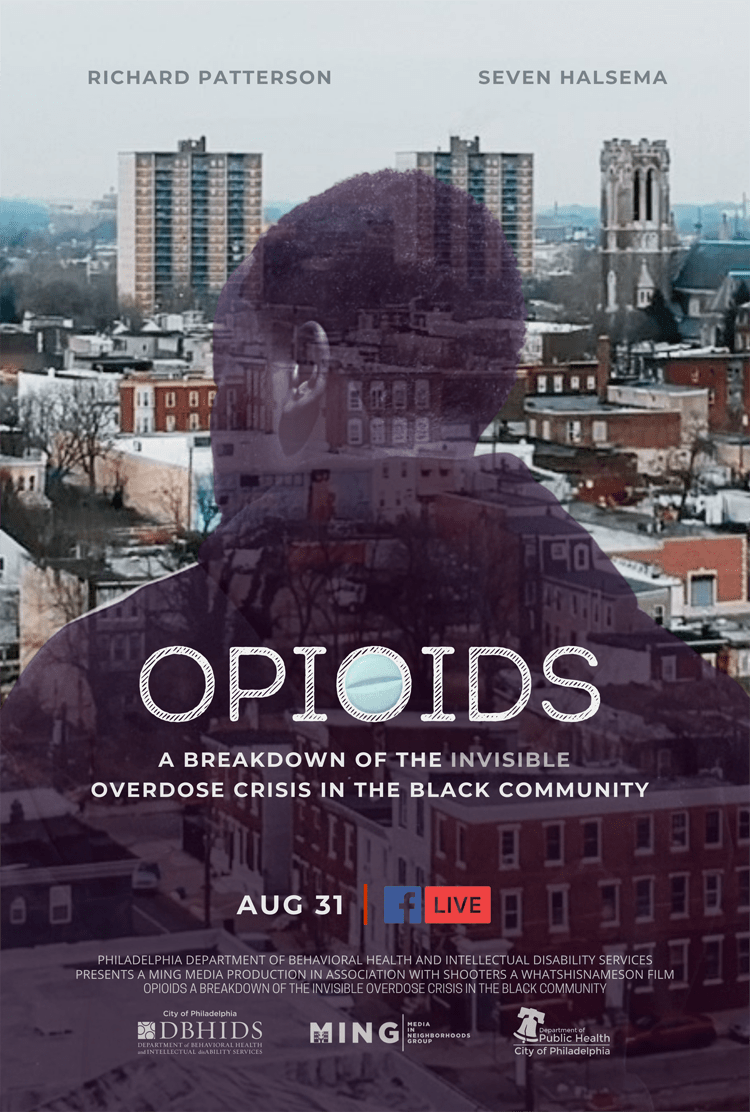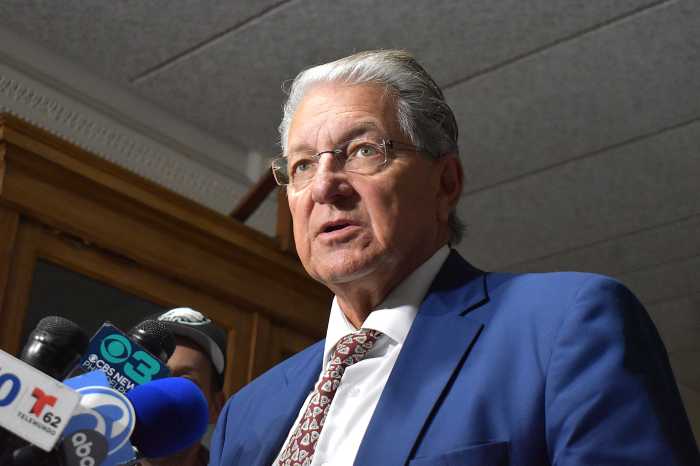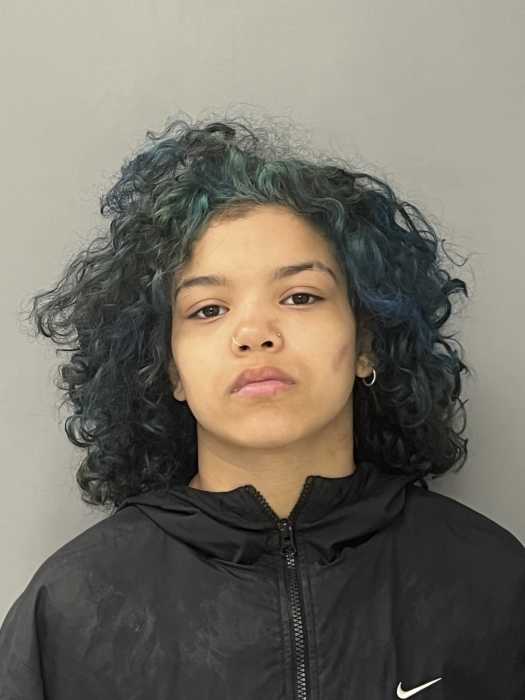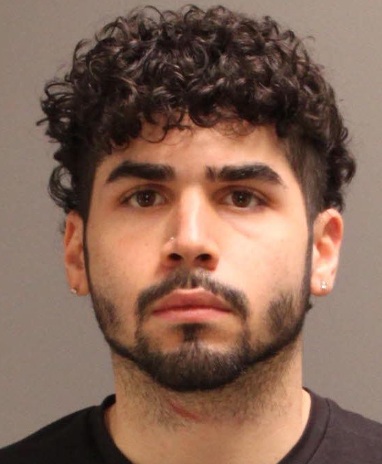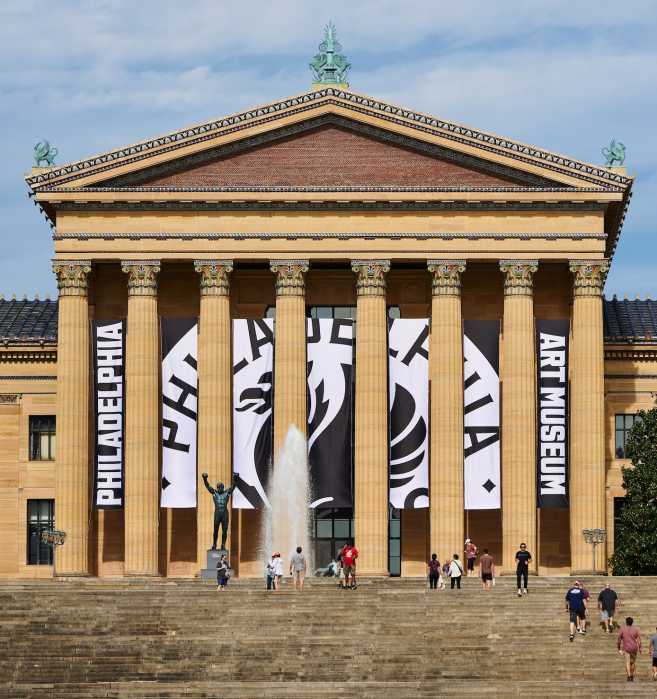In the new short film “OPIOIDS: A Breakdown of the Invisible Overdose Crisis in the Black Community,” artist and filmmaker Richard Patterson, Jr. recalls Philadelphia’s transition from crack cocaine to Percocets and the language barriers that separated the Black community. Everyone talked about percs, Patterson said in a matter-of-fact voice-over, noting that hip-hop artists like Future and Travis Scott name-dropped the drug in their lyrics. One person in the film estimated that around three-fifths of the people living in Philadelphia’s Black neighborhoods use Percocets as their drug of choice.
As the film progresses, Patterson takes viewers to a statewide conference of the Pennsylvania Reentry Coalition, where the majority-white attendees use one word in their discussions — opioids. The conference focuses on programs for opioids, housing for opioids, recovery from opioids, and more, all of which Patterson admits in a voice-over, confuses him. Media portrayals of opioids show images of white people in tents living under bridges, he said in the film, as he questions why these drugs would be an issue for people in the Black community.
So Patterson asked his colleagues something simple and straightforward — What are opioids?
“Now back during the crack epidemic, people were called dope fiends, crackheads, junkies, crack babies,” Patterson said in the film. “Today we call them people with opioid abuse disorder. But people in my neighborhood don’t even know what opioids mean. How are they going to get help if they need it?”

“People in the Black community are risking their lives and don’t even know it because they don’t understand the language,” he continued.
On Tuesday, the Department of Behavioral Health and Intellectual disAbility Services recognized International Overdose Awareness Day with a Facebook Live Watch Party for Patterson’s film, followed by a Zoom panel discussion on the overdose crisis in Philadelphia’s Black communities. Hosted by Engaging Males of Color’s Gabriel Bryant, the well-attended event boasted a diverse array of voices, including DBHIDS Commissioner Jill Bowen, Deputy Commissioner Roland Lamb, and Sr. Director of Diversity, Equity & Inclusion Pamela McClenton. Community members with lived experience or family members affected by the crisis attended as well, such as Sober Messenger, and motivator Brandon Chastang, and James Rivers, who lost his sister to an overdose. Patterson headlined the panel discussion.
Throughout 2020, as pandemic lockdowns kept people quarantined inside of their homes, fatal overdoses rose 29% among Black Philadelphians from the previous year. But all on the panel agreed that language, and the racial divide, continue to be significant barriers toward solving the problem. As Patterson told those in attendance, the word opioid does not resonate with people in the Black community.
McClenton noted that implicit bias, economic disparities, and the overall invisibility of Black Americans in society all play a role in the worsening crisis.
“It goes back to systemic and institutional racism and discrimination of the Black community which then is attributing to inadequate educational systems and dissemination of information flowing through the Black community to bring awareness to this crisis and this opioid epidemic,” McClenton said.
One of the more powerful moments in Patterson’s film was when he spoke with Rivers, whose sister died of an overdose at 25, the mother of young children herself. Rivers wrote about his sister’s struggles in her obituary in a community that too often ignores these situations out of shame, hoping that her story might save another life. As crucial as Narcan and other harm reduction measures can be, Rivers said, there needs to be a focus on mental health and prevention, two things that eluded his sister.
Chastang, a person with lived experience who found himself addicted to Percocets following a gunshot wound one month after graduating from Lincoln University, told the audience that shame plays a significant factor in the crisis.
“I hear people having debates about opioids and Percocets and knowing the difference,” said Chastang. “I think that people are ashamed to speak about it. So it will kind of play like, sort of like, I don’t know nothing about it because I don’t want to speak about it. So I do believe people do understand.”
“As far as my recovery, I’m a proud recovering addict,” Chastang continued, showing everyone that he’s not ashamed.
In the end, Deputy Commissioner Roland Lamb spoke of all the ways that DBHIDS continues to help. The department’s focus is on Narcan, recovery opportunities, buprenorphine combined with therapy, and more. But most important, information is vital. As Lamb told the Zoom audience in closing, the real challenge is bringing information to people in less threatening ways.
Still, the overdose crisis remains a struggle in Philadelphia’s Black communities because of language barriers and the racial divide. “More people can tell you where to get some percs from, then they can where to get some recovery from,” said one person in Patterson’s film.
For more information on where to watch “OPIOIDS: A Breakdown of the Invisible Overdose Crisis in the Black Community,” go to dbhids.org/opioid-film-2021.



